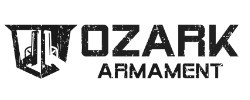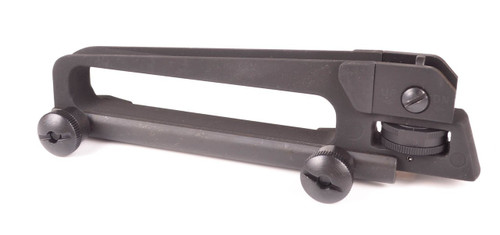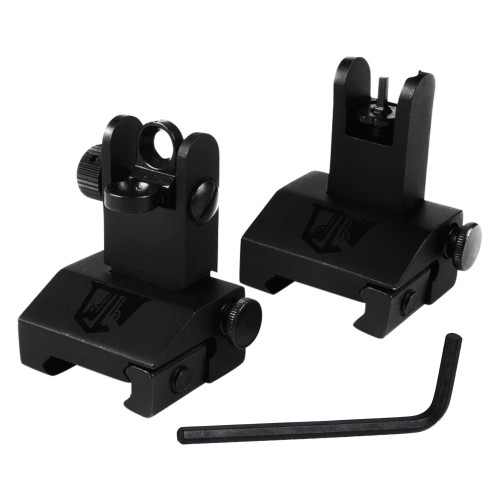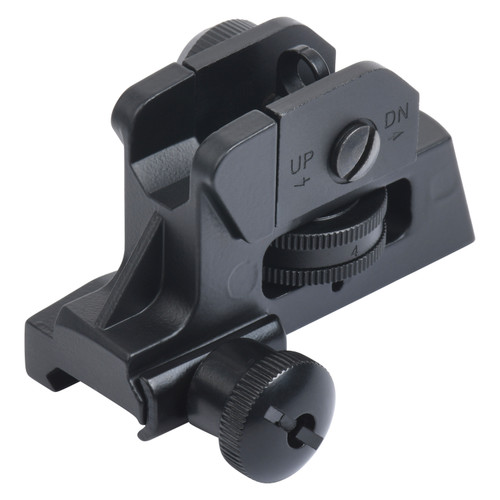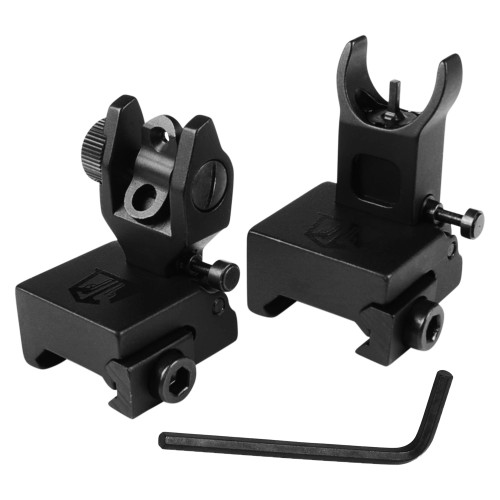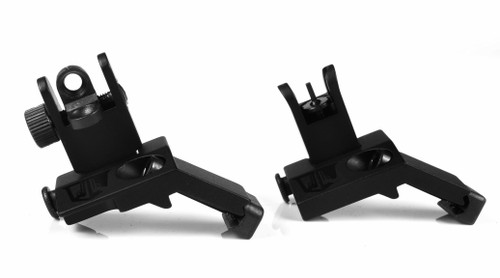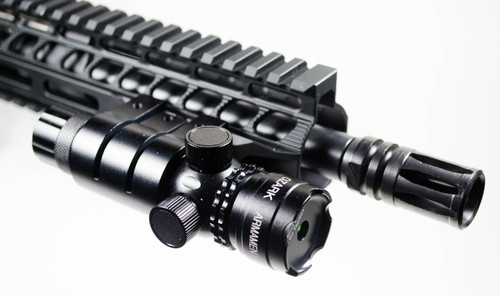Posted by Aaron Rice on Apr 24th 2024
Ultimate Guide to Backup Iron Sights: Co-Witnessing, and Buying Tips
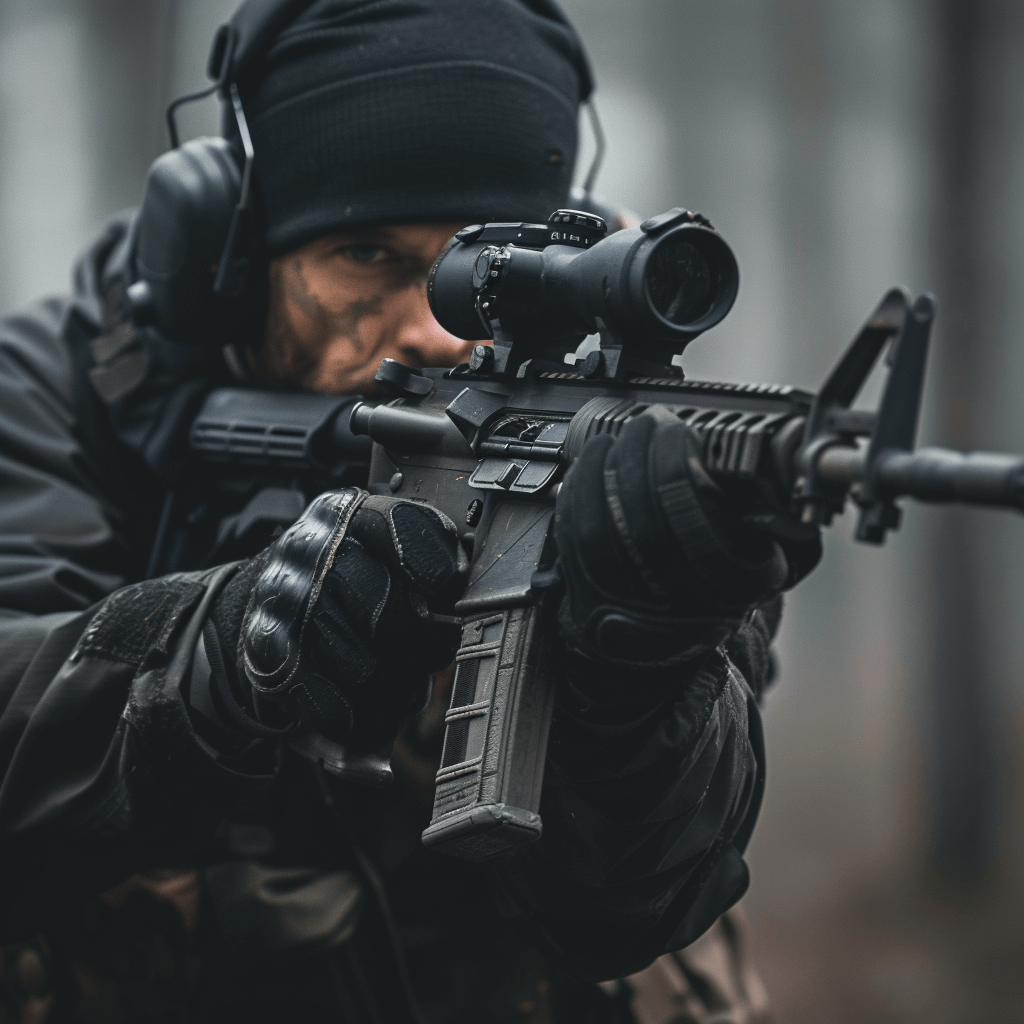
Picture this: You're at the range, showing off your fancy new red dot sight to your buddies. Suddenly, the battery dies. Whoops! This is where AR15 iron sights (BUIS) swoop in to save the day. They're like the dependable sidekick to your high-tech superhero optics.
What's the Deal with Backup Iron Sights?
BUIS are your rifle's fail-safe targeting system. They're there for you when your primary optic throws a tantrum or decides to take an unexpected nap. While the military loves these bad boys, they're just as handy for us regular folks who enjoy a good day at the range.
Two main parts make up iron sights:
- The front sight: Think of it as the nose of your rifle, sitting near the muzzle.
- The rear sight: This guy hangs out at the back, closer to your eye.
Types of BUIS: Choose Your Fighter
Why You Need BUIS (Besides Looking Cool)
Co-Witnessing: It's Not About Testifying in Court
Co-witnessing is when your iron sights and red dot play nice together. It's like they're holding hands in your sight picture. This setup has a couple of perks:
- Instant Backup: If your red dot goes kaput, you're still in business.
- Zero Confirmation: It's a quick way to check if your red dot is on point.
Remember, not all sights get along for co-witnessing. It's like trying to set up your friends on a blind date – sometimes it works, sometimes it doesn't.
The Bottom Line
Picking the right BUIS is like choosing the perfect sidekick for your rifle. Whether you go for flip-up, fixed, or offset, make sure they fit your needs like a glove. And hey, buying from authorized resellers is always a smart move – it's like getting a safety net for your safety net.
So, next time you're decking out your AR, don't forget to show some love to the humble iron sights. They might not be the flashiest gear in your arsenal, but when the chips are down, they'll have your back. And isn't that what true friendship is all about?
ARTICLE WRITTEN BY AARON RICE GENERAL MANAGER OZARK ARMAMENT
